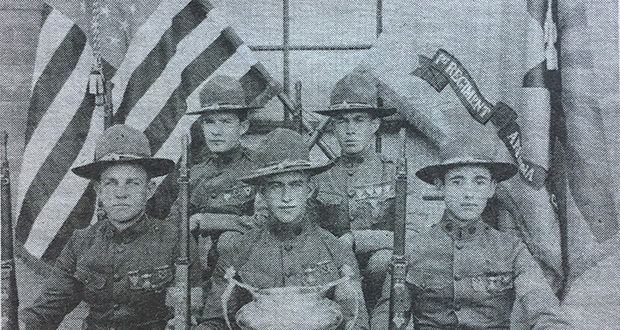The Forgotten Novelist
Arizona Capitol Reports Staff//June 30, 2006//[read_meter]
Harold Bell Wright at his portable writing desk in Tucson’s Santa Catalina Mountains. Harold Bell Wright is not a name that trips lightly from contemporary tongues. Yet, there was a...
No tags for this post.

















